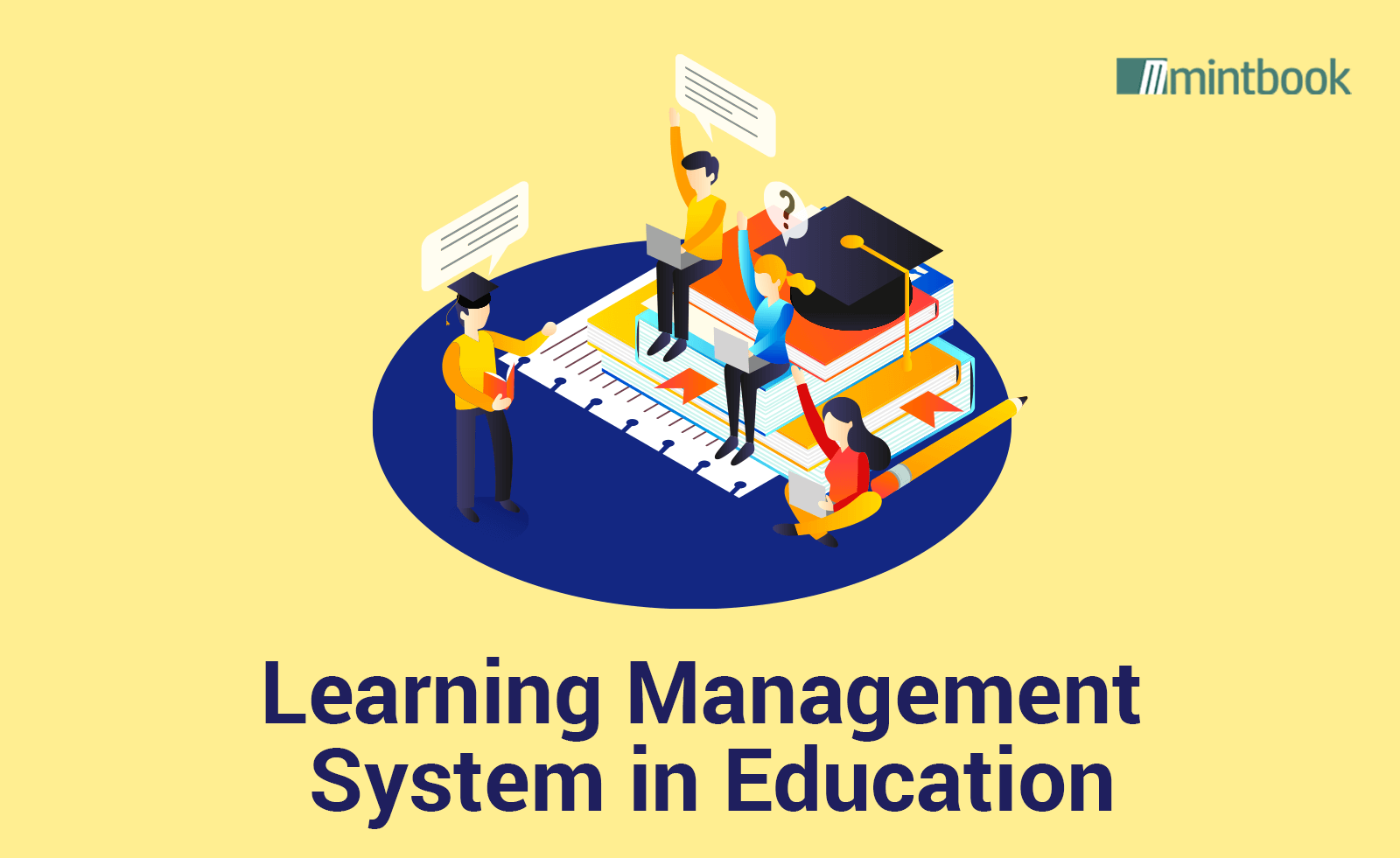 Learning Management System in Education
Learning Management System in Education
The market insights shared by Statista suggest a steady and consistent growth of the worldwide online education market. The global growth of the online education market is being driven by students and working professionals who want to acquire knowledge and hone skills at their own pace and convenience.
Schools, colleges, and universities create opportunities remote learning opportunities for students using a slew of eLearning tools. Likewise, companies and startups enable employees to acquire and hone professional skills by implementing various eLearning tools.
A learning management system is one of the eLearning tools used widely by schools, colleges, universities, and other educational institutions. Educational institutions curtail eLearning implementation time and costs by implementing cloud-based learning management systems.
Also, they improve students’ eLearning experiences by integrating the cloud-based software with various eLearning tools. Hence, learning management systems have been transforming online and remote education in multiple ways. We can understand the important role of the learning management system in education by discussing some of its common use cases.
7 Common Use Cases of the Learning Management System in Education
Adopt Blended Learning
New-age learning management systems deliver and boost blended learning experiences. A student can access the cloud-based LMS using a desktop, laptop, smartphone, or tablet. The cross-platform compatibility facilitates self-paced learning as students can access the software anytime and anywhere over the internet.
At the same time, educational institutions can support face-to-face or instructor-led learning by integrating the LMS with virtual classroom software. The combination of instructor-led and self-paced learning is one of the most visible applications of the learning management system in education.
Deliver Multi-Format Content
As highlighted by several market research studies, over 90% of students in the United States have access to smartphones. The access to smartphones creates opportunities for them to consume digital content in multiple formats – eBooks, videos, audio, quizzes, and simulations. Hence, no organization can implement eLearning successfully without delivering multi-format content.
An LMS makes it easier for educational institutions to deliver eLearning content to students in multiple formats. In addition to providing built-in content creation tools, leading learning management software comes with complimentary digital libraries. Hence, it becomes easier for educational institutions to allow students to understand a topic by watching videos, listening to audio, or reading eBooks.
Share Curated Content
Social media created opportunities for brands to boost credibility and engagement by sharing curated content. Leading brands have been gaining the trust of existing and prospective customers by sharing articles, blogs, images, videos, and audio collected from external sources. An LMS helps students understand a topic or concept in depth by sharing curated content.
The curated content helps students gather additional or up-to-date information while understanding a topic. Leading learning management systems use artificial intelligence (AI) algorithms to gather high-quality content produced by subject matter experts. The combination of curated and off-the-shelf content helps students acquire knowledge without relying on outdated textbooks.
Evaluate Learner’s Progress
Educational institutions find it challenging to evaluate students’ progress and performance in a virtual learning environment. The absence of direct interaction between learners and instructors often makes it difficult for learners to get the required support at the right time. Learning management systems solve the eLearning challenge in several ways.
Firstly, they enable instructors to measure learner progress and performance using techniques like tests, assessments, assignments, and quizzes. Secondly, new-age learning management software uses intelligence technologies to personalize the online learning experience according to each student’s needs and preferences.
Automate eLearning Management
Educational institutions need additional staff to administer multiple online courses and manage a large number of students efficiently. An LMS helps them curtail human resource overheads by automating important administrative tasks and activities. The dashboard provided by the software enables managers to track student attendance and monitor student progress without putting in extra time and effort.
While configuring the software, the manager can ensure that every student can access the right content on demand by setting auto-assignment rules. Likewise, the content mapping options provided by the LMS make it easier for him to create new courses and modify existing courses in minutes. The automation of administrative tasks helps teachers focus extensively on boosting the learning experiences and performance of students.
Increase Online Course Completion Rates
As highlighted by several studies, about 85% of students abandon online courses due to various reasons. Educational institutions often find it challenging to increase online course completion rates that are generally low. An LMS boosts online course completion rates by facilitating collaboration, interaction, and gamification.
The software creates opportunities for students to collaborate and interact in a virtual environment by providing features like discussion forums, query corners, and chat options. Likewise, badges, virtual coins, and other gamification features provided by the LMS prevent students from dropping out by boosting the learning experience and learner engagement simultaneously.
Leverage Learning Analytics
Big data creates opportunities for educational institutions to optimize online and remote education by making informed decisions. However, decision-makers can make informed decisions only by collecting, analyzing, and measuring eLearning data regularly. Modern learning management systems simplify eLearning data collection and analysis by featuring built-in data analytics solutions.
The data analytics solution makes eLearning data collection an ongoing process. Additionally, it gains actionable insights by analyzing the eLearning data automatically. The data-driven insights shared by the LMS help educational institutions know what is working and what is not. At the same time, they make it easier for decision-makers to optimize the online education process by leveraging real-time data.
Conclusion
The projected growth of the global LMS market depicts the importance of the learning management system in education. However, we must remember that LMSs have been evolving consistently by leveraging Industry 4.0 technologies. For instance, new-age LMSs boost content delivery and boost learning experiences using intelligence technologies.
Likewise, they help educational institutions increase online course completion rates by sharing data-driven insights gained using learning analytics. Leading providers complement their learning management systems with essential eLearning tools like digital library software and online classroom software. Hence, learning management systems will continue to transform education in the short and long runs.
About Mintbook
Mintbook helps educational institutions implement eLearning by providing a feature-rich learning management system (LMS). At the same time, it enables organizations to combine the LMS with digital library and online classroom software by availing of a cloud-based integrated or unified learning platform.









Leave a Reply